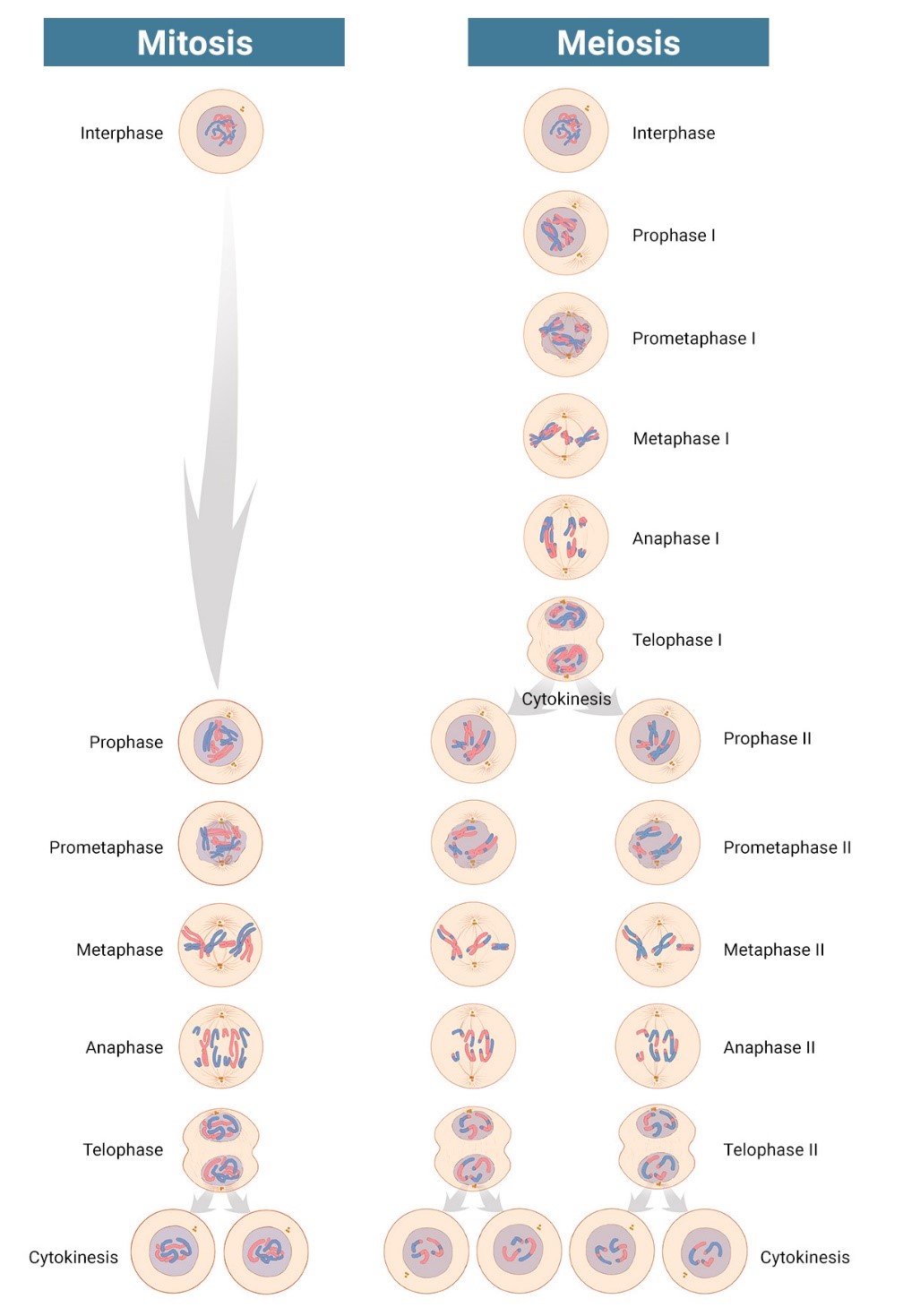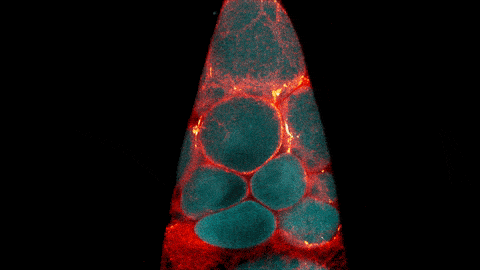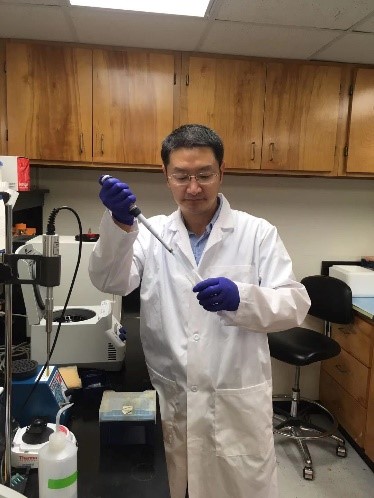Career Conversations: Q&A With Biologist Akhila Rajan
November 3, 2021
Continue Reading
Cool Images: Spooky and Spectacular
October 27, 2021
Continue Reading
Science Snippet: Brush Up on Biofilms
September 22, 2021
Continue Reading
Make Like a Cell and Split: Comparing Mitosis and Meiosis
September 8, 2021
Continue Reading
Cool Images: Beautiful Bits of Blue
August 18, 2021
Continue Reading
Science Snippet: Apoptosis Explained
July 28, 2021
Continue Reading
Cool Video: A Biological Lava Lamp
July 21, 2021
Continue Reading

 Dr. Akhila Rajan. Credit: Fred Hutchinson Cancer Research Center.
Dr. Akhila Rajan. Credit: Fred Hutchinson Cancer Research Center.




